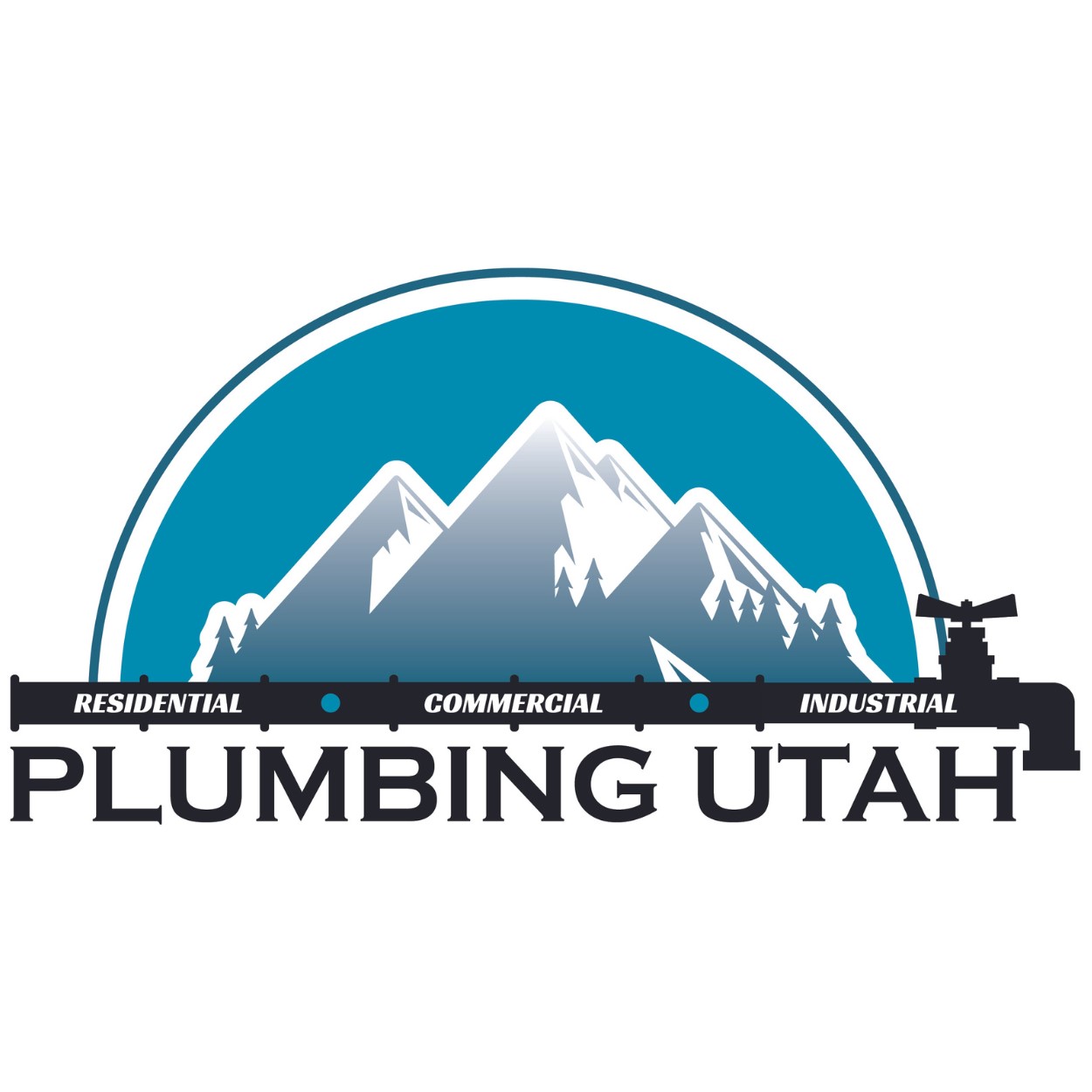Winter weather can pose a significant threat to home plumbing systems. Cold temperatures can wreak havoc on home water pipes, causing them to freeze and potentially burst. If your home’s water pipes have frozen due to cold weather, it is essential to take action quickly to prevent further damage. Pipes exposed to freezing temperatures can become blocked with ice, stopping water flow and ultimately leading to costly repairs.
Not all pipe locations are equally at risk. Those most likely to freeze are exposed pipes, such as outdoor spigots or hoses, uninsulated interior pipes in basements or crawl spaces, and lines along an exterior wall or window. Without the proper insulation, these pipes can quickly become frozen when temperatures drop during winter and nighttime.
What to do if your Pipes Freeze?
The first step is to locate the source of the frozen pipe. This will likely be near an exterior wall or in a crawl space. If the line is accessible, try applying heat to the pipe with a hair dryer, heat lamp, or portable heater. Never use an open flame to thaw frozen pipes, as this could lead to further damage and possibly even fire.
If you cannot locate the source of the frozen pipe or cannot access it, you will likely need to contact a professional plumber. In some cases, they may be able to use specialized equipment to safely thaw out the pipes without causing any further damage. While waiting for help to arrive, turn off all the water supply valves in your home and open all the faucets connected to the frozen pipe. This will help reduce the pressure buildup and lessen the chances of a water line burst.
How to Prevent Frozen Pipes?
The good news is that practical steps can be taken to prevent pipes from freezing. Most importantly, pipe insulation should be installed on all exposed piping. Insulation is inexpensive and easy to install, making this a cost-effective winterizing measure. Pipe wraps are also available in various sizes to accommodate different plumbing lines.
It can also be helpful to open cabinets and allow a small stream of warm air to circulate exposed pipes. Additionally, when temperatures are expected to drop below freezing, it may be wise to leave a faucet on a trickle so that the moving water does not freeze as quickly.
Keep Your Pipes Flowing Through Winter.
If frozen pipes occur, the most important thing is to act quickly. If you believe a line has become damaged due to freezing, call a professional as soon as possible. In some cases, you may be able to see the burst pipe. In others, a leak location expert may be necessary. This is especially true if you believe the damaged line is behind a wall, underneath a concrete slab, or hidden from eyesight.
Taking preventive measures and reacting quickly to a frozen pipe situation can avoid expensive repairs and keep your home’s water supply running smoothly.

